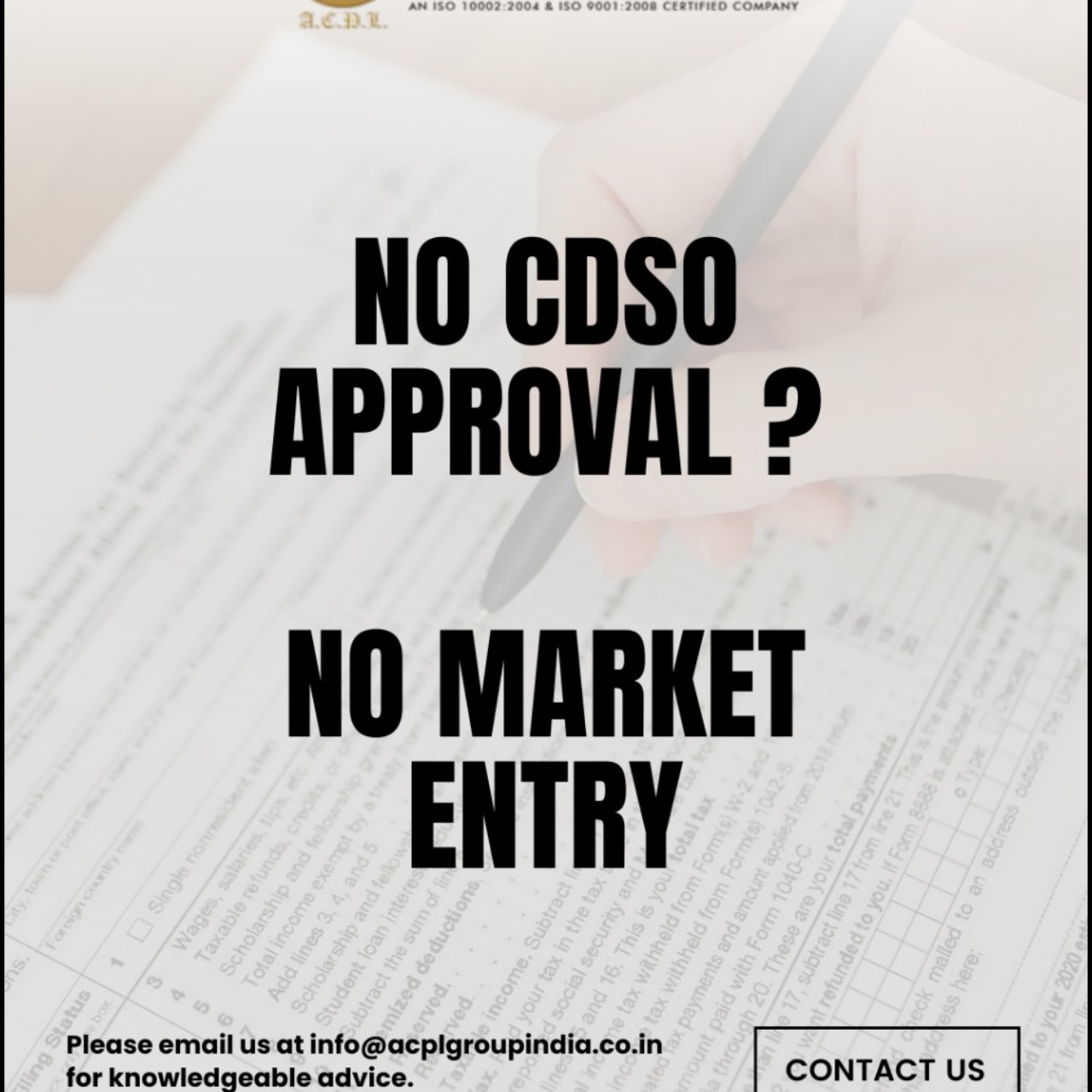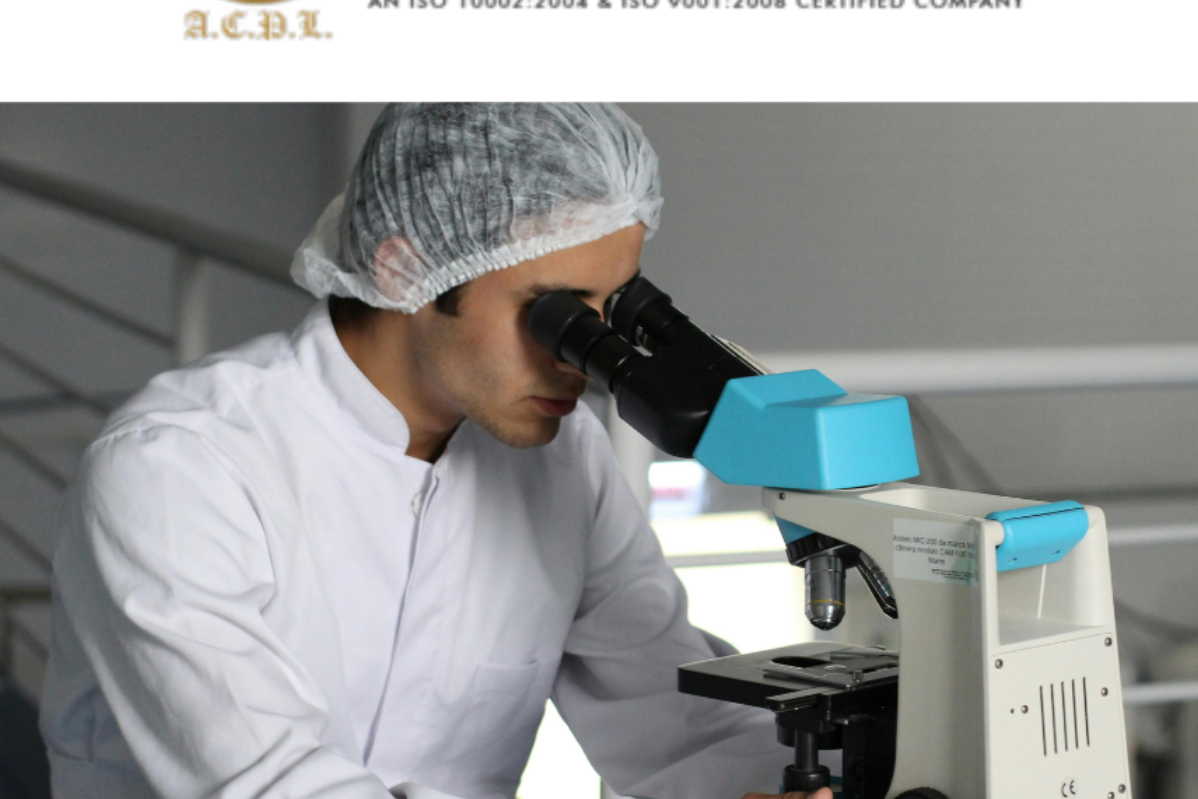



MATERIOVIGILANCE-- Mandatory Requirements for Medical Device Reporting (MDR) Medical Device Reporting (MDR) in the U.S. is governed by the FDA under 21 CFR Part 803 and mandates the reporting of adverse events and malfunctions related to medical devices to ensure their safety and effectiveness. Key Mandatory Requirements for MDR: Reporting Obligations: Manufacturers, importers, and user facilities must report medical device-related adverse events causing death, serious injury, or major health risks. Device Malfunctions: Reporting is required for malfunctions that pose a potential risk of death or serious injury. Timely Reporting: Reports must be submitted within 30 days of awareness. Malfunctions with the potential for serious harm or death must be reported within 5 days. User Facility Reporting: Healthcare facilities must report device-related deaths to both manufacturers and the FDA, and serious injuries to manufacturers. Manufacturer Reporting: Manufacturers must submit MDRs for events they become aware of, including those reported by healthcare professionals, user facilities, and patients. FDA Form 3500 Series: MDR reports must be submitted using the FDA Form 3500 series, capturing critical device, event, and patient data. Unique Device Identifier (UDI): Reports must include the UDI for precise device identification. Follow-Up Reporting: Mandatory follow-up reports are required if new information arises after the initial filing. Who is Required to Report MDR? MDR is mandated for the following entities: Manufacturers: Entities that design, manufacture, assemble, or package medical devices. Importers: Individuals or companies importing medical devices into the country. User Facilities: Healthcare providers (e.g., hospitals) must report incidents involving medical device-related deaths or serious injuries. Distributors: While distributors have distinct reporting obligations, they play a role in medical device reporting. Medical Device Registration in India The Central Drugs Standard Control Organization (CDSCO) under the Ministry of Health and Family Welfare regulates medical device registration in India. The Medical Device Rules, 2017 provide the regulatory framework. Registration Process: Classification: Devices are classified into four risk-based categories: Class A: Low risk Class B: Low-moderate risk Class C: Moderate-high risk Class D: High risk Authorized Indian Agent: Foreign manufacturers must appoint an authorized Indian agent to liaise with CDSCO. Application Submission: Applications must be submitted via SUGAM, the CDSCO online portal. Requires device details, intended use, specifications, and manufacturing data. Technical Documentation: Includes device specifications, manufacturing processes, labeling, and packaging. Clinical Data: For higher-risk devices, clinical data and performance evaluations may be required. Quality Management System (QMS): ISO 13485 certification is often necessary. Risk Assessment: A risk management plan must be submitted with the application. Review and Approval: The CDSCO grants a registration certificate after reviewing documentation. Import License: Required for importing and distributing medical devices. Post-Market Surveillance: Manufacturers must monitor device performance and report adverse events. Local Testing: Some devices may require compliance testing within India. For more information visit - https://acplgroupindia.co.in Call – 9266665201 & 9266665258 info@acplgroupindia.co.in
We hate spam too.